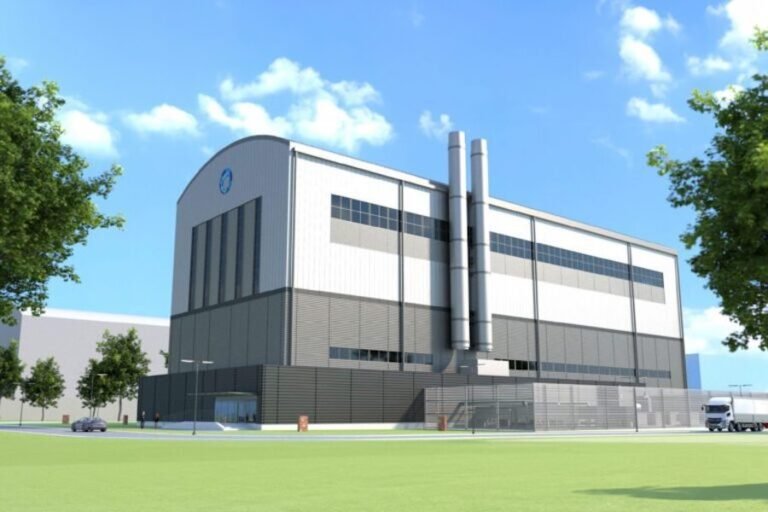
Advanced nuclear power engineer and developer Kairos Power LLC has begun construction on the Hermes low power demonstration reactor; what he says is the first and only next-generation nuclear reactor the US Nuclear Regulatory Commission has agreed to build and the first to use non-light. -Water technology will be allowed in the US in about 60 years.
The demonstration molten salt reactor is part of the Alameda, California company’s “rapid iterative development approach” to developing and commercializing nuclear power plant designs based on high-temperature fluorine salt-cooled technology to cool the reactor core, he said. The 35 MWth thermal reactor, called Hermes, is set to demonstrate Kairos Power’s ability to produce affordable nuclear heat, the developer said, noting that it will not initially produce electricity.
Barnard Construction Co. Inc., Bozeman, Mont., has begun construction on a facility in Oak Ridge, Tenn., at a former U.S. Department of Energy site that will be completed by 2027 as a “critical step” in commercializing the technology, he said. Kairos Power, founded in 2016. It predicts that a commercial reactor could be operating in the early 2030s.
The Tennessee Valley Authority has been working with Kairos Power to provide engineering, operations and licensing support.
The Hermes project received a seven-year, $629 million funding award in 2020 under the US Department of Energy’s Advanced Reactor Demonstration Program, the agency said. It will directly invest about $303 million of that total through 2027, with payments based on milestones such as construction progress and applying for a future federal operating license, he said.
“This investment … will complement Kairos Power’s significant private investment in the Hermes project and supporting infrastructure,” the developer said, although it did not disclose that figure or the total costs of the Hermes project.
Barnard and Kairos Power are also collaborating to build a third engineering test unit in Oak Ridge, which the developer said is a “non-nuclear” facility “that will generate supply chain, construction and ‘operational experience to inform the Hermes project’. Two other test units have been built at a Kairos Power-operated research site in Albuquerque, NM, which will “inform the design, construction and operation of the Hermes reactor,” the developer said.
The reactor will be built using modular construction techniques, with reactor modules manufactured at the Albuquerque site and shipped to Oak Ridge for assembly, “demonstrating the potential of a factory-built small modular reactor design to transform construction conventional nuclear,” said Kairos Power. It aims to reduce technical risk “through a new approach to test iteration that is often lacking in the nuclear space.”
The facility is designed to operate at high temperatures and near-atmospheric pressure, using a special particulate fuel along with a molten fluoride salt coolant, the company told the nuclear commission in a 2023 filing.” The combination of extremely high temperature tolerant fuel and low-pressure, single-phase, chemically stable reactor coolant eliminates entire classes of potential fuel damage scenarios, greatly simplifying the design and reducing the number of safety systems,” said Peter Hastings. , Kairos Power vice president of regulatory affairs and quality in the presentation.
“This historic initiative presents a critical opportunity to transform the way we generate energy in the US, as well as an opportunity to expand economic and employment opportunities for the greater Tennessee area,” said Quincy Anderson, vice president and director of Barnard operations.
Kairos Power also plans to develop a successor project, Hermes 2, at Oak Ridge, which will include two 35 MWh test reactors. It will use the same fuel but is planned to produce a combined electrical output of 20 MWe using an integrated steam-powered conversion system, the developer said, adding that the project will “de-risk the technology, construction, supply chain and the licenses for a multi-reactor plant.” In July, the commission completed its final safety assessment for Hermes 2.

